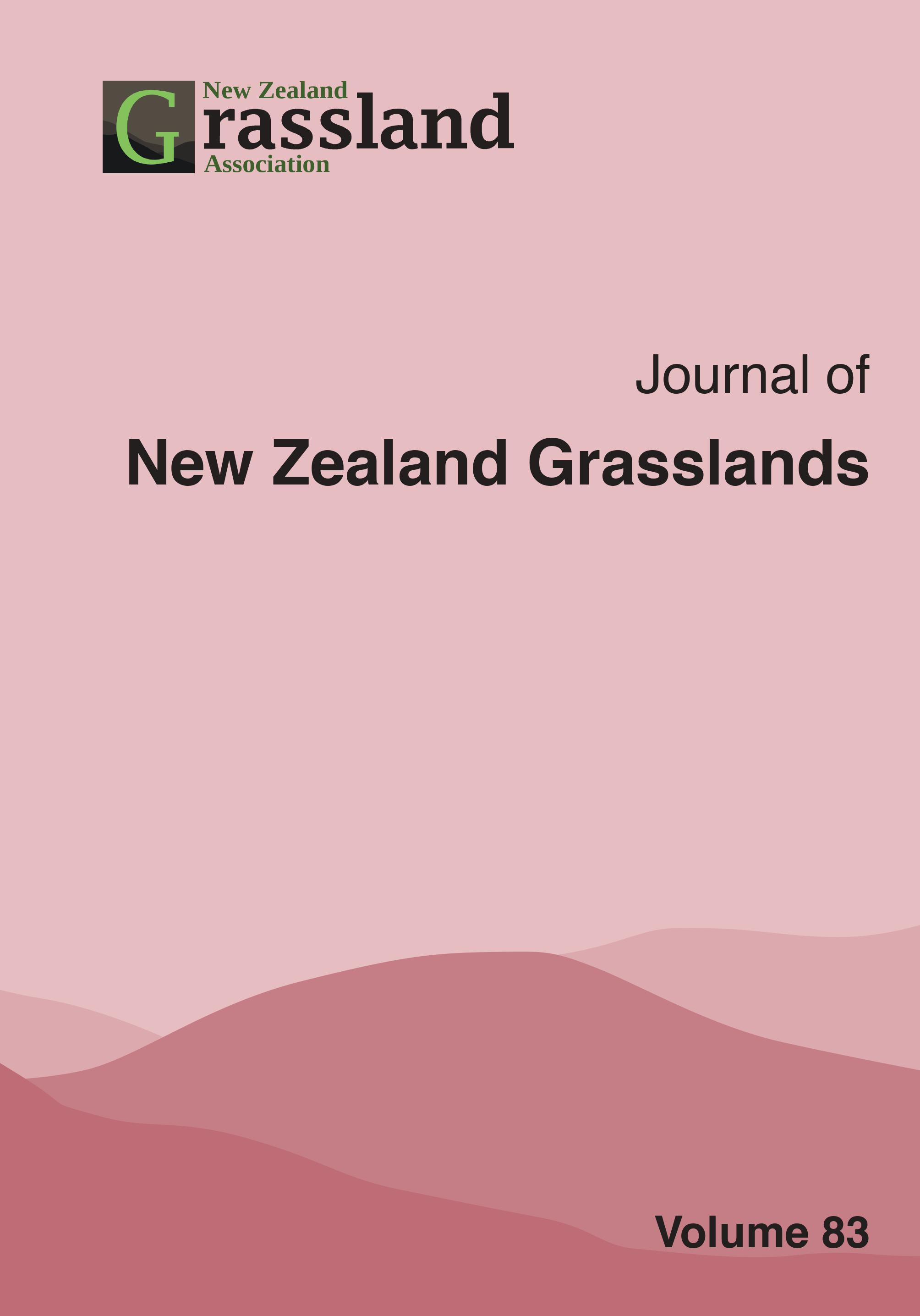Variable-rate application of fertiliser – a new tool for farm system and environmental performance?
DOI:
https://doi.org/10.33584/jnzg.2021.83.3515Abstract
Nitrogenous fertilisers – especially urea – are key inputs into many farming systems. With increasing restrictions on nitrogen fertiliser application, there is an urgent need to ensure that nitrogen is used effectively. One technology that has been developed to contribute to this challenge is variable-rate application (VRA) of fertiliser. The theory is that fertiliser is applied at higher rates where there is sufficient grass cover to utilise the fertiliser, and at lower rates where grass cover is reduced (or absent). This trial looked at the effect of VRA on pasture production on five farms over one season and estimated the impact of those changes on farm system metrics, including environmental performance. Averaged over all five farms, there was no statistically significant difference between VRA and blanket-rate application of fertiliser on pasture production. However, one farm did show a significant difference. Although the absolute difference was small, it suggested that VRA could be a useful tool in addressing the challenge of driving better farm performance with reduced environmental impact.
Downloads
Downloads
Published
How to Cite
License

This work is licensed under a Creative Commons Attribution-ShareAlike 4.0 International License.
Copyright
This work is licensed under a Creative Commons Attribution-Non Commercial-NoDerivatives 4.0 International License. Rights granted to the New Zealand Grassland Association through this agreement are non-exclusive. You are free to publish the work(s) elsewhere and no ownership is assumed by the NZGA when storing or curating an electronic version of the work(s). The author(s) will receive no monetary return from the Association for the use of material contained in the manuscript. If I am one of several co-authors, I hereby confirm that I am authorized by my co-authors to grant this Licence as their agent on their behalf. For the avoidance of doubt, this includes the rights to supply the article in electronic and online forms and systems.




